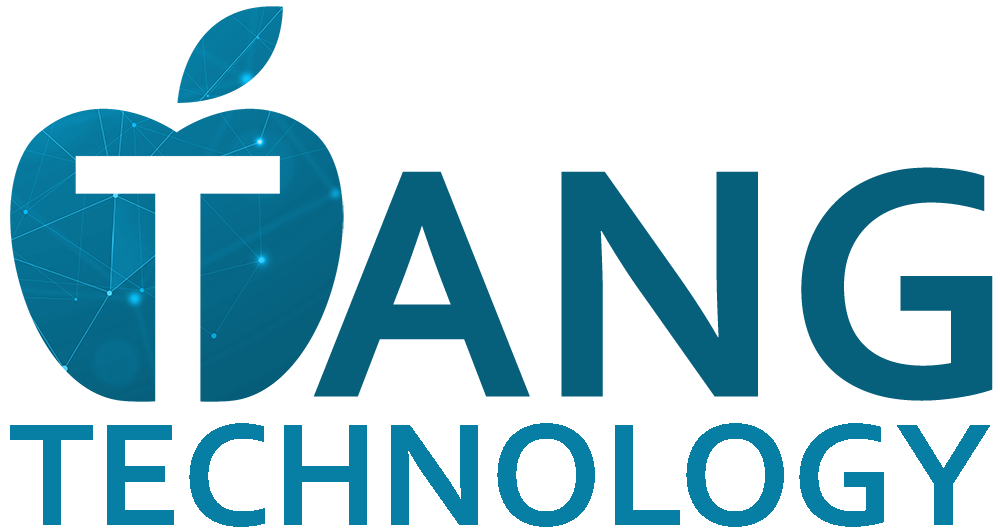Artificial Intelligence is a disruptive technology. But what does that really mean? And how how does that affect how we live and work? The Stages of Technology Disruption framework tells the story of how new ideas and innovations can challenge established norms and how companies must adapt or risk obsolescence. The framework looks at the disruption from two different perspectives, the disruptor and the incumbent. The Disruptor is bringing the innovative technology to the market. The Incumbent are established players. This framework can be helpful in seeing the patterns common in technology disruption and better anticipate potential disruptions.
Stage 1: Emergence
Disruptor:
The journey begins with the emergence of a new innovation. At this stage, disruptors introduce groundbreaking technologies or business models that are often overlooked by established players. These innovations are typically difficult to access, unpolished, and appear inferior or irrelevant compared to the existing solutions because its hard to see exactly how the innovation can be applied to real world problems.
Incumbent:
Incumbents can be dismissive of these innovation or be completely unaware of how it affects their business. They rely on their current dominance and can’t see how the new technology could change how they do business.
Example: In the early 1990s, the internet was in its infancy. Traditional media companies, telecommunications providers, and retailers dismissed it as a niche network for academics and tech enthusiasts, not foreseeing its potential to revolutionize communication, commerce, and media.
Stage 2: Improvement
Disruptor:
In this stage, the technology disruption iterates and improves the innovation based on feedback from early adopters. These improvements can lead to significant enhancements in performance, usability, and applicability of the new technology.
Incumbent:
As the innovations begin to show potential, incumbents start to take notice. However, they often still underestimate the impact these technologies can have. They might start to explore these technologies but do not yet fully commit to integrating or competing with them.
Example: Throughout the mid-1990s, companies like Netscape, Yahoo!, and Amazon made substantial improvements to internet services. Browser technology, search engines, and e-commerce platforms became more user-friendly and functional. Traditional businesses began to notice but many still underestimated the internet’s long-term impact.
Stage 3: Mainstream Adoption
Disruptor:
With iterative improvements, disruptors are ready to scale production and marketing efforts to reach a broader audience. This stage is characterized by the innovation moving from niche markets to mainstream consumers.
Incumbent:
At this point, incumbents realize the potential threat and typically attempt to innovate in-house or acquire disruptive technologies. They might also increase their marketing efforts to retain market share.
Example: By the late 1990s and early 2000s, the internet saw mainstream adoption. Companies like Google, eBay, and Amazon scaled their operations and marketing to reach a global audience. Traditional retailers and media companies began developing their own online strategies or acquiring internet-based companies to compete.
Stage 4: Market Penetration
Disruptor:
Disruptors leverage their increased adoption to gain substantial market share. They utilize their growing customer base to refine their business models, drive costs down, and further increase their market penetration.
Incumbent:
Incumbents react defensively. This could involve competitive pricing strategies, lobbying for regulatory changes, or creating partnerships to counter the disruptor’s influence.
Example: In the 2000s, online platforms like Amazon, Google, and Facebook gained significant market share by refining their business models and driving costs down. Traditional retailers and media companies responded with defensive strategies, such as lowering prices, lobbying for regulations on internet commerce, and forming strategic partnerships to compete online. Many traditional retailers who could not adapt failed.
Stage 5: Consolidation and Transformation
Disruptor:
Having established a strong market presence, disruptors begin to set new industry standards and practices. They consolidate their position by acquiring competitors or complementary technologies, further solidifying their market dominance.
Incumbent:
Incumbents must adapt to the new standards set by disruptors or face obsolescence. This often results in a transformation of their business models to align with the new industry landscape. Some incumbents may fail if they cannot adapt quickly enough.
Example: By the 2010s, the internet industry had consolidated, with major players like Google, Amazon, and Facebook setting standards in e-commerce, online advertising, and social media. Traditional businesses that failed to adapt to these new standards struggled, while others transformed their models to align with the new digital landscape.
Stage 6: Stability and Maturity
Disruptor:
At this final stage, the market stabilizes. The technology disruption focuses on incremental improvements and maintaining market position. The emphasis shifts from aggressive expansion to optimizing and enhancing existing products and services. The disruptor may not longer be seen as the disruption, but the new market leader and new Incumbent.
Incumbent:
Incumbents stabilize within the new market landscape, often adopting some of the innovations introduced by the disruptors. They may find new niches or ways to coexist within the transformed industry.
Example: In the 2020s, the internet market reached stability and maturity. Companies like Amazon and Google focused on incremental improvements, such as enhancing user experience and expanding services. Traditional companies that successfully adapted found new niches within the digital landscape, such as cloud services and online retail.
Conclusion
Seeing the patterns in past disruptions can help us better understand what’s happening today. AI is changing and we live and work. Whether you see yourself as the disruptor or the incumbent, we need to be prepared for the change.
If you’re interested in learning more about how to navigate these disruptions or need assistance with your learning technology strategies, Tang Technology offers a free consultation to help you stay ahead. Reach out via the form on this page.

